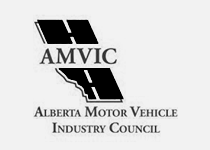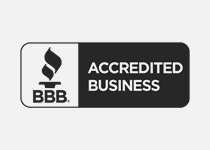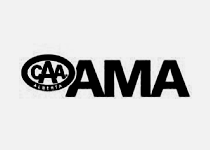When water gets into a vehicle transmission, it spells trouble. There is a very small window of time to remove it before it does catastrophic damage. Once water is in there, it’s tricky getting it out because as soon as you start the car, the water will be drawn up into the transmission. This can quickly lead to rust buildup, expanding, adhesive loss on the clutch, and dangerous vapors.
The longer it’s driven with the contaminated fluid, the more damage it does. And it doesn’t take much. Just a tablespoon of water can cause complete failure to your transmission parts. For Calgary drivers, this can be difficult thanks to our flood-prone areas.
How does water get in there anyway?
It’s often difficult to pinpoint, but here are some culprits to consider:
- Engine radiator. There is a separate tank and hose in the radiator for transmission fluid. They allow the coolant to take heat away from the transmission fluid without mixing the two liquids. When a leak occurs, the transmission fluid and engine coolant mix with each other causing your transmission to seize up.
- Immersion in deep water. Driving through large puddles, torrential rains or getting stuck in a flooded area can expose the transmission to water. The best chance of preventing a failure is to check for water in the transmission fluid after a vehicle has been in one of these scenarios.
- Moisture through the dipstick. Moisture could enter the transmission if the dipstick tube got sprayed with water during an engine cleaning. Water draining from rain or a carwash may also drip onto the dipstick where it can mingle with the transmission fluid.
What can you do about water in your transmission?
Water in the transmission fluid is highly destructive. Your vehicle’s transmission is made up of sensitive parts that quickly deteriorate when exposed to water. Contamination of the friction plates in the transmission will result in the transmission no longer being able to shift into any gears.
- Best case scenario, you will need your transmission fluid changed at a repair shop in Calgary.
- Intermediate scenario, you will need a transmission rebuild or replacement.
- Worst case scenario, you will need a new vehicle.
If you suspect water is in your transmission, you need to get your car or truck to a repair shop in Calgary right away. But, do not start the engine! Have your vehicle towed instead.
Changing the transmission fluids before the engine is started will improve the chances of saving your car. At National Transmission, we have five convenient locations to serve you in Calgary, Lethbridge, and Medicine Hat. To book an appointment, contact us today!





